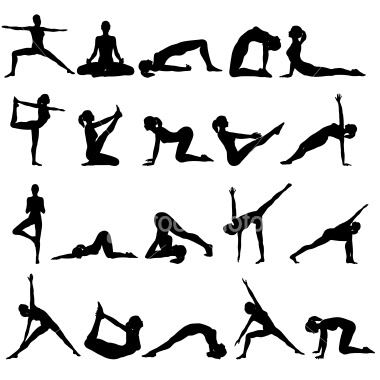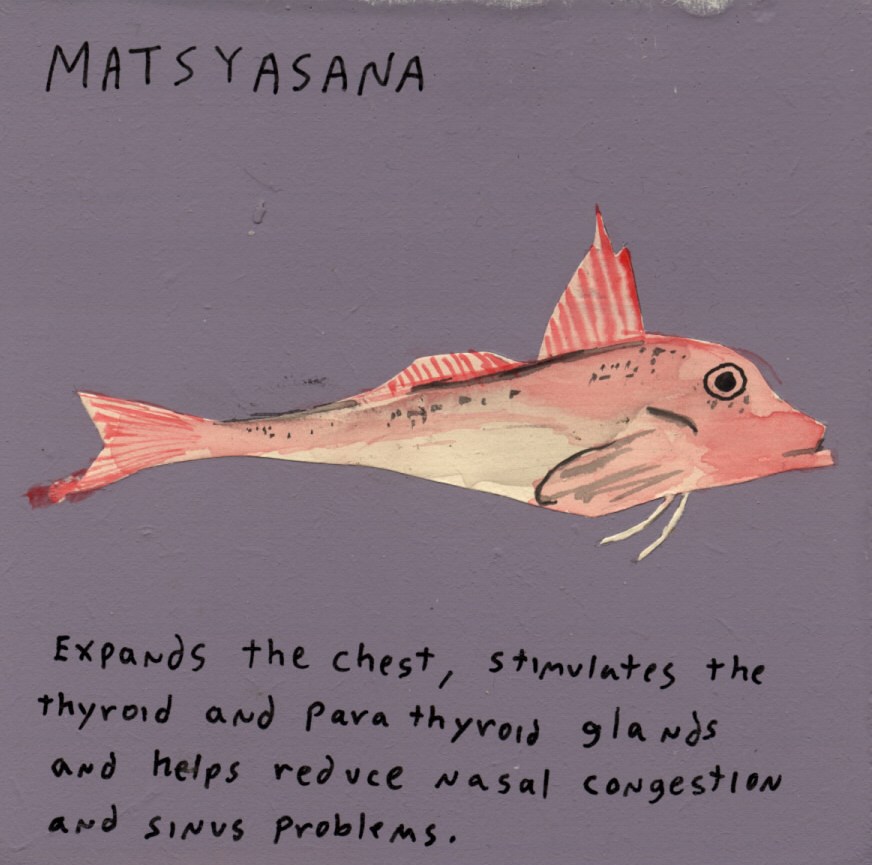Dear 21st Century,
I have been teaching yoga for several years now, and to be honest, you are not making my job any easier! The stress that you have brought to Western life seems to have so many faces and seems to increase every year. Our progressively individualistic society makes people believe that they must solve all their problems on their own. People’s problems at work are leaking into every other area of their life. Every day I read from the newspapers about more people burning out due to stress at work. The combination of the flashing lights of commercialism and the constant bombardment of other stimuli that comes with living in a city only adds to these stresses. The self-employed don’t have the distinction between home and work, often lacking the discipline to employ that beautiful German word: “Feierabend”. And don’t even get me started on the state of our nutrition or how the radiation from our everyday domestic appliances negatively affects our health!
In all, it seems to me that along with tons of technological advances, your main additions to people’s personal lives have been feelings of loneliness, fear and deep stress. I believe that today, more than ever, we need to take more deliberate time to relax our bodies, emotions and minds (it’s really the only way to keep up with all the stuff you are throwing at us!) Creating a space with minimal stimuli in which a person can take the time to breathe and notice what is happening to his/her body, what feelings emerge, and what state of mind s/he in, is of utter importance. This is where Yoga comes in.
I believe strongly that the practice of Yoga can offer viable solutions for so many of the situations and conditions we experience today. In our yoga classes in Berlin we create that space of quietness and peace. My students enter the class with a rumble of thoughts and personal stress, and over the course of the hour, witness how the softness of breathing and stretching helps the mind calm down and helps them to think clearer thoughts.
As we learn to step back and observe what is happening to our bodies and our minds, we are taking the first step towards learning detachment. Detachment teaches us to not be so deeply involved in all the fancy stimuli and distractions you serve up daily. It shows us that we don’t need to get swept off our feet with every emotion or to let out lives fall apart when someone thinks something bad about us. Appropriate detachment is a tool that alleviates stress and in doing so, allows us to identify the real changes that we must make in our lives in order to better them.
I end each class with deep relaxation because it’s an important tool. Learning how to relax one’s body through a systematic relaxation, can also be used at any other important moment in life. I have had students practice the relaxation techniques we learned in class while riding the bus, before giving an important speech, or while conducting medical exams where absolute stillness was required. When people practice relaxation techniques with regularity, they can come to rely on them in times of stress. A weekly yoga class or a daily yoga practice creates this regularity and strengthens the cellular memory on the path to relaxation. This is one of the main reasons I teach yoga.
Yoga gives us many tools. Tools to breathe, tools to relax and tools to bring us inner peace. But to survive the life that seems to swirl around us regularly as a result of your active influence, my work is to help teach others to use these tools properly, how to alleviate all states of mind and emotion, and call on these tools when we need them so that we can live better lives.
Thank you for your time, Mr. Century.
Sincerely,
English Yoga Berlin










 Today it is very common to hear about many different kinds of yoga in Berlin. And with so many variations to choose from, it can get rather confusing. In truth, there were originally only 4 types of yoga: Njana Yoga, Karma Yoga, Bhakti Yoga and Raja Yoga. These yogas were created so that people could practice the kind of yoga that was most attune to their own character.
Today it is very common to hear about many different kinds of yoga in Berlin. And with so many variations to choose from, it can get rather confusing. In truth, there were originally only 4 types of yoga: Njana Yoga, Karma Yoga, Bhakti Yoga and Raja Yoga. These yogas were created so that people could practice the kind of yoga that was most attune to their own character.




